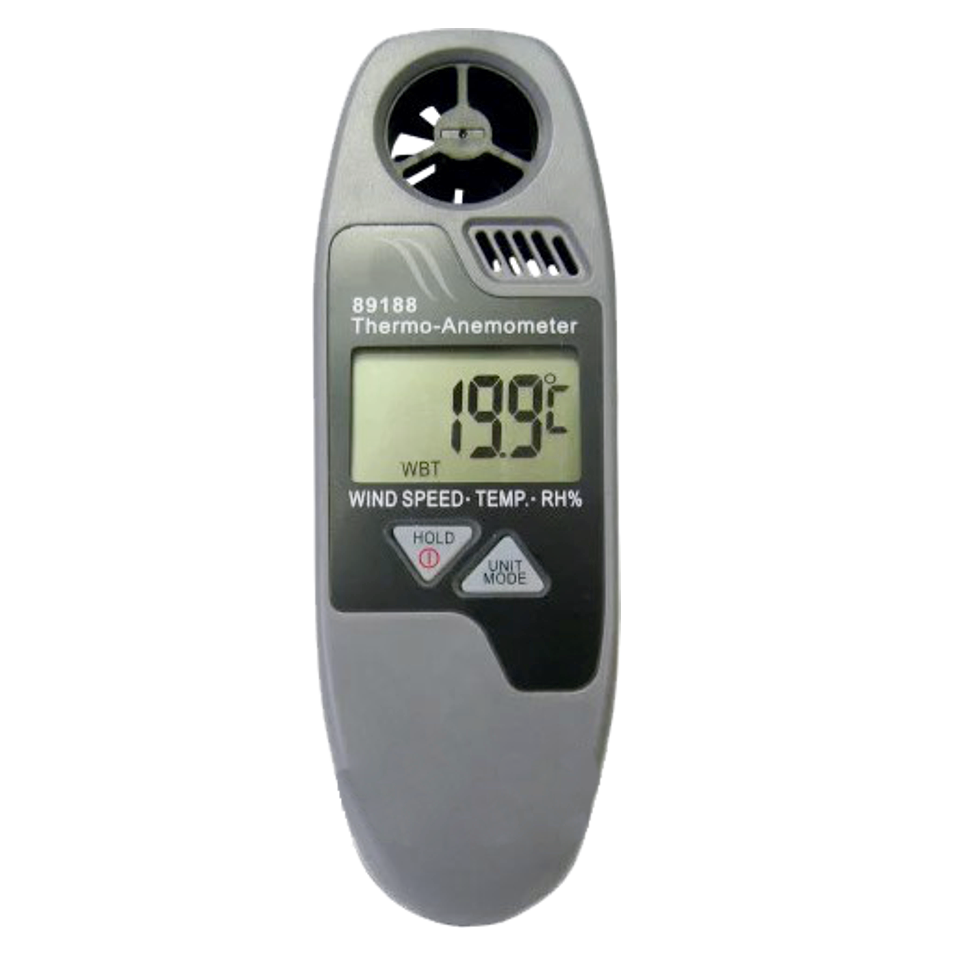Exploring the Features and Benefits of Anemometers for Weather Condition Lovers and Professionals
Anemometers stand as critical devices in the world of weather surveillance, satisfying both lovers and skilled experts alike. These gadgets offer a window into the dynamic globe of wind patterns and rates, providing invaluable data for meteorological evaluation and forecasting. From mug anemometers to sonic anemometers, each kind brings its unique collection of advantages and applications, clarifying different facets of climatic conditions. As we delve right into the features and benefits of anemometers, a deeper understanding emerges not only of dominating climate sensations yet additionally of the broader effects for sectors like wind power production and ecological research study.
Relevance of Anemometers in Weather Condition Monitoring
Anemometers play a crucial duty in weather condition tracking by supplying exact measurements of wind rate, assisting in forecasting and understanding climate patterns. These tools, varying from traditional cup anemometers to contemporary ultrasonic anemometers, are vital for meteorologists, researchers, and weather condition enthusiasts alike.

Kinds Of Anemometers and Their Applications
With the crucial duty anemometers play in climate monitoring and forecasting, understanding the different sorts of these instruments and their applications ends up being crucial for specialists and enthusiasts in the area. The most common sorts of anemometers include mug anemometers, vane anemometers, hot-wire anemometers, and ultrasonic anemometers. Cup anemometers consist of 3 or 4 mugs mounted on straight arms that rotate with the wind, determining its rate. Vane anemometers, on the various other hand, utilize an easily rotating vane to line up with the wind direction, giving both wind speed and direction dimensions. Hot-wire anemometers operate based upon the concept of convective warm transfer, where the cooling effect of the air flow is measured to identify wind speed. Ultrasonic anemometers utilize ultrasonic noise waves to compute wind speed and direction properly.
Cup anemometers are appropriate and robust for basic weather monitoring, while vane anemometers are preferred for directional measurements. Ultrasonic anemometers are non-intrusive and use high precision, frequently utilized in study and specialized weather surveillance applications.
Advantages of Utilizing Anemometers in Projecting
In meteorology, the utilization of anemometers supplies indispensable advantages for improving the accuracy of climate projecting. Anemometers measure wind speed and instructions, supplying crucial data for predicting climate patterns. By incorporating wind data into forecasting designs, meteorologists can much better understand the motion of weather condition systems, prepare for changes in weather, and problem much more specific projections.
Moreover, anemometers play an important role in assessing potential climate hazards. Monitoring wind speeds helps forecasters forecast extreme climate occasions such as cyclones, tornadoes, and winter months tornados with higher precision. This very early caution system makes it possible for authorities to release prompt notifies and execute necessary safety and security actions, minimizing the threats to life and building.
Furthermore, anemometers assist in maximizing renewable resource manufacturing. By assessing wind patterns, meteorologists can determine suitable locations for wind farms and predict energy result, adding to the efficient generation of wind power.

Anemometers in Wind Energy Production
Given the essential role anemometers play in supplying exact wind information for weather condition projecting and threat analysis, their relevance encompasses the realm of wind energy manufacturing. Anemometers are vital instruments in the area of wind power, where the dimension of wind rate and instructions is critical for identifying the expediency and performance of wind turbine installments. By accurately gauging wind speeds at varying elevations, anemometers aid maximize the placement and design of wind turbines to make the most of power result.
In wind ranches, anemometers are strategically placed to collect real-time wind data that is utilized to evaluate the prospective energy production of a website. This information contributes in figuring out the economic practicality of wind power projects and in projecting energy generation to guarantee grid security. Furthermore, anemometers aid in checking wind conditions to enhance wind turbine performance, avoid damage from high winds, and make certain the safety and security of employees functioning in the location of wind generators.
Enhancing Climate Understanding With Anemometers

Anemometers play a crucial duty in boosting our understanding of microclimates. These localized climate condition can differ dramatically from wider regional projections, making it important to have accurate information for details view it areas. anemometer. By tactically placing anemometers in various areas, scientists can collect comprehensive details on how wind acts in various terrains, metropolitan atmospheres, or bodies of water
Furthermore, anemometers add to boosting weather forecasting designs by providing real-time data on wind habits. This info is particularly important for anticipating serious climate events, enhancing farming techniques, and sustaining sectors like aeronautics and maritime navigating. Generally, anemometers are very useful instruments that enable us to dig much deeper right into the complexities of climate systems, inevitably leading to more accurate visit our website predictions and better-informed choices.
Final Thought
In final thought, anemometers play an essential role in climate surveillance and projecting by gauging wind rate and direction. Anemometers additionally have applications in wind power production, more highlighting their relevance in both meteorology and sustainable energy sectors.
From cup anemometers to sonic anemometers, each type brings its distinct collection of applications and advantages, shedding light on numerous elements of atmospheric problems. These instruments, ranging from traditional mug anemometers to modern ultrasonic anemometers, are vital for meteorologists, scientists, and climate lovers alike. The most typical kinds of anemometers include mug anemometers, navigate to these guys vane anemometers, hot-wire anemometers, and ultrasonic anemometers. Mug anemometers are suitable and robust for general climate tracking, while vane anemometers are favored for directional dimensions. Anemometers are important tools in the area of wind energy, where the measurement of wind rate and direction is critical for establishing the feasibility and effectiveness of wind generator installations.